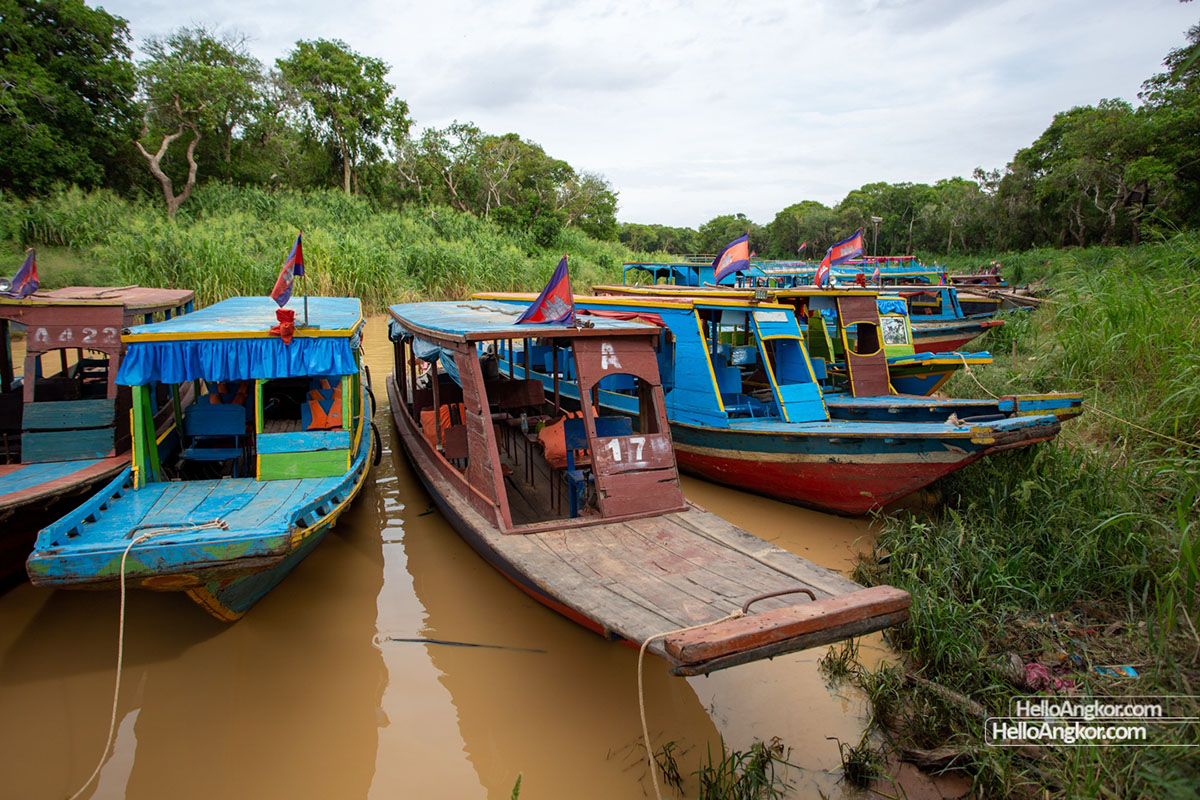- Area: Siem Reap Province > Prasat Bakong District > Kampong Phluk Commune
- | Type: Attractions
Located around 20km southeast of Siem Reap city on the edge of the Tonle Sap Lake, Kampong Phluk Floating Village offers visitors an opportunity to experience another side of traditional Cambodian life. Traditional life in Cambodia has always been centered around water as we can see at the ancient temples themselves, surrounded by moats and complex hydraulic networks that fed water to the greater Angkor area and its inhabitants. It’s hard to find a large panel of reliefs on the walls of the temples that don’t feature events on the water or aquatic life. Fish was central to the diet, and life on the water and fishing to feed the growing empire was central to Khmer life, as it remains till this today.
When the French explored Cambodia in the ancient wonders hidden in the jungle through the 1800s they noted these traditional ways of life along the rivers and around the Tonle Sap which had a floodplain much greater than we see today (Aymonier’s journey around Kampong Kdei for example). Just like farmers, growing rice or livestock, who live on the lands they harvest, so it is for the fishing community that feeds the population. At Kampong Phluk, we can witness living heritage, a way of life that has been continuous as long as or longer than the ancient temples we so admire.
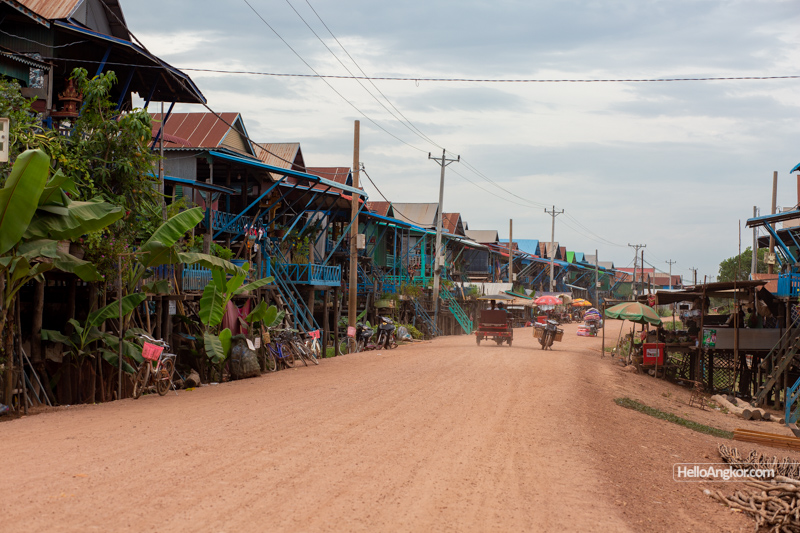
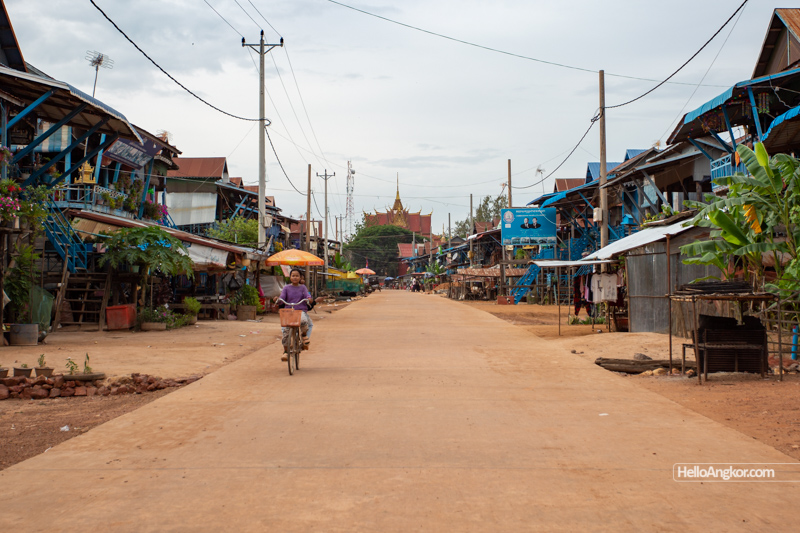


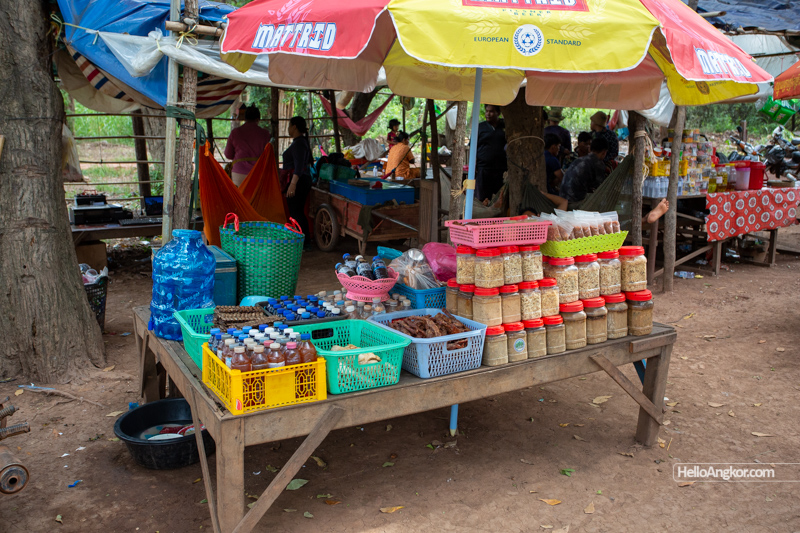
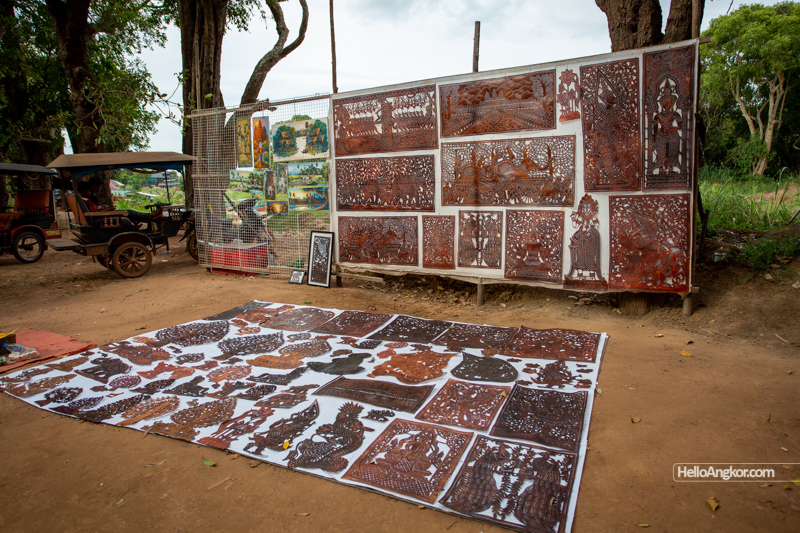
The Kampong Phluk commune extends from the southern edge of Prasat Bakong District, where you find the Roluos Group of temples, surrounding the canal that leads into the Tonle Sap Lake. It’s not a developed area and it’s still quite raw in a wonderful way as tourism to the area is a small part of the income, the focus of the wider community is fishing and all the small family businesses that support it from repairing boats to making nets.
The prime fishing season takes place when water levels are high during the wet season of May – October and when the levels drop and the plains dry out from November to April, many turn to farming growing rice, vegetables, and livestock while some still ply nets and lines out on the Tonle Sap itself. The fishing techniques vary depending on what is trying to be caught with the Tonle Sap supporting a diverse array of fish species along with shrimp and clams. Over the many centuries, the Khmer have developed a broad repertoire of methods for each species including static nets and pens, hand-cast nets, scoop nets, gillnets, plunge baskets, and boat-dragged nets.
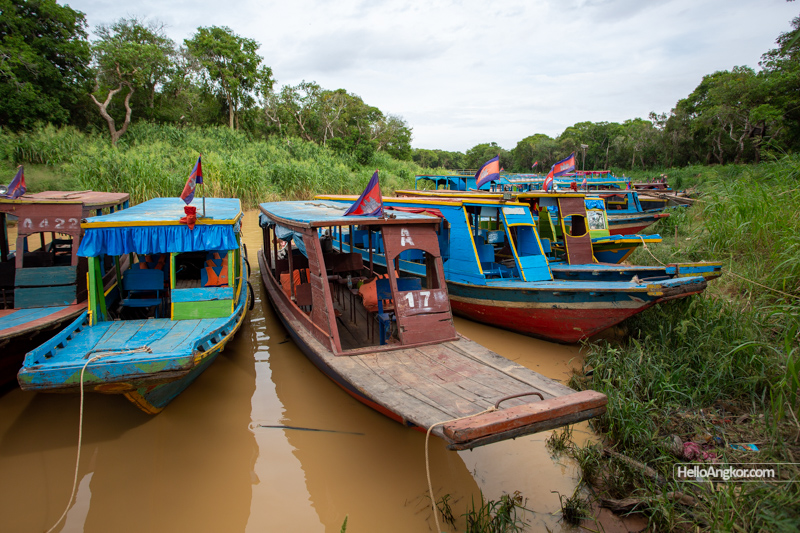
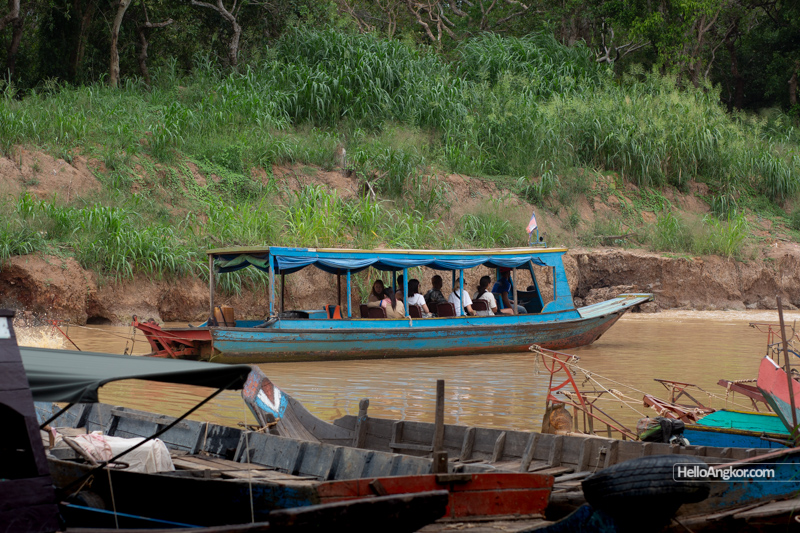

The houses here line the banks of the canal created by the waters of the Tonle Sap, rising up on great stilts that are not so noticeable during the high water mark of May – October giving the houses the appearance of floating. During the dry season of November to April, they are almost fully exposed with their stilts in full view excepting those located closer to the mouth of the Tonle Sap itself. Whether the water is high or low, a spectacle is guaranteed.
In the village, on the west bank, there is a contemporary pagoda to explore and many people like to stroll around just watching the daily life unfold, a way of life that is perhaps far removed from their own.
Some people are nervous about that, or have a bad feeling, as if they are doing something wrong and walking around a “human zoo”, but Khmer people don’t think like that, they actually think you are the zoo creatures :), just kidding, but they do get a bit of laugh out of it for sure, and otherwise they don’t care and are busy with their daily things, or, they happy to see you taking an interest in their way of life and supporting their community.
When to visit? A popular time to visit Kompong Phluk is during the golden hours of the late afternoon to catch the sunset over the waters of the Tonle Sap.
Getting there
You can book a tour via a local tour desk, or on Klook, alternatively, ride a moto or take a car/Tuk-Tuk to the ticket office and then onto the pier will take just under an hour. It is a sealed road all the way except the last stretch after the ticket office.
A Tuk-Tuk to the boat dock will cost around $10 one way, if you like them to wait and take you back, you can negotiate with the drive, maybe around $18-25. A car one way will cost around $20.
Entry ticket
The boats operate on standard rates set by the central ticket office which is located a few km before the pier. It’s marked on the map further below.
Ticket cost is $20 for the small boat (seats six) and an extra $5 per person if you also want to add the mangrove tour (or flooded forest tour) by paddle boat. The boat ride itself lasts for around 90 minutes but can be longer. There is an additional $2 per person which goes towards the Kampong Phluk Eco Tourism management.
The below map is centered on the floating village area while the ticket office can be seen here on Google Maps with the pier further south, shifting closer to the floating village and lake as the waters recede in the dry season.
Map
Site Info
- Site Name: Kampong Phluk Floating Village Khmer Name: កំពង់ភ្លុក
- Reference ID: HA6954 | Last Update: January 19th, 2024
- Tags/Group: Floating Village
- Location: Siem Reap Province > Prasat Bakong District > Kampong Phluk Commune

